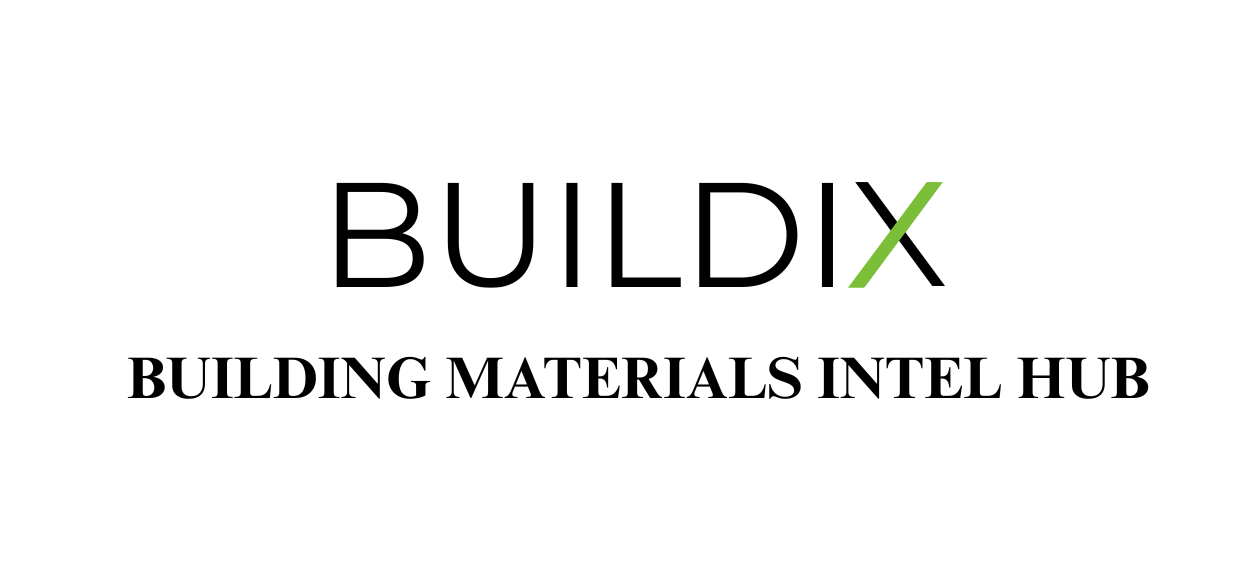In the competitive building materials industry, understanding which product categories drive profitability is essential for strategic decision-making. Margin contribution analysis by product category allows distributors to identify high-performing segments and allocate resources effectively. With an advanced ERP system like Buildix ERP, Canadian building material suppliers can gain detailed insights into margin contributions at the category level, enabling smarter pricing, inventory, and sales strategies.
What is Margin Contribution by Product Category?
Margin contribution refers to the portion of profit each product category contributes after deducting the direct costs associated with that category—such as material costs, handling, and direct labor. Unlike gross margin or net profit, margin contribution helps isolate the profitability of specific categories before overhead costs are applied.
By analyzing margin contribution by product category, distributors can:
Pinpoint the most and least profitable product groups
Understand cost drivers impacting profitability
Optimize product mix and inventory investments
Tailor sales and marketing efforts toward high-margin categories
Improve overall business profitability through targeted actions
How Buildix ERP Calculates and Analyzes Margin Contribution
Buildix ERP integrates sales, purchasing, inventory, and finance data to accurately calculate margin contribution by product category. The system tracks category-specific revenue and directly attributable costs in real time, providing dynamic, up-to-date insights.
Key ERP functionalities for margin contribution analysis include:
Category-wise Revenue Tracking: Capture sales revenue for each product category, segmented by geography, customer type, or sales channel.
Direct Cost Allocation: Automatically assign costs such as purchase price, freight, packaging, and handling expenses to relevant categories.
Margin Contribution Reports: Generate detailed, customizable reports highlighting profit contribution by category over different time periods.
Trend Analysis: Identify shifts in category profitability over time to anticipate market changes or cost impacts.
Integration with Pricing Tools: Use margin data to guide category-specific pricing strategies and discount policies.
Dashboard Visualization: Interactive dashboards provide at-a-glance visibility into category performance for executives and operational teams.
SEO Keywords and Phrases for Margin Contribution by Product Category
To maximize discoverability by decision-makers seeking ERP profitability tools, incorporate keywords such as:
ERP margin contribution analysis
Product category profitability ERP
Building material distributor profit margin
Category-wise margin reporting software
ERP sales margin analytics Canada
Margin optimization tools for distributors
Building materials profit contribution tracking
Real-time margin dashboards ERP
Cost allocation by product category ERP
Pricing strategy ERP for building materials
These keywords support strong search engine rankings for relevant queries.
Benefits of Using ERP for Margin Contribution Analysis
Data-Driven Profitability Insights: Move beyond aggregate profit figures to understand category-level contributions that impact the bottom line.
Informed Inventory Management: Focus purchasing and stocking decisions on categories with the best margin profiles.
Strategic Pricing Optimization: Adjust pricing and promotions based on margin data to maximize returns.
Better Resource Allocation: Direct marketing, sales efforts, and operational focus to high-margin categories for increased ROI.
Improved Financial Forecasting: Use historical margin trends to build more accurate revenue and profitability forecasts.
Real-World Example: Canadian Distributor Success with Buildix ERP
A large building material distributor operating across several provinces used Buildix ERP’s margin contribution analysis to identify underperforming categories dragging overall profitability down. The ERP revealed that while bulk concrete products had high revenue, their margin contributions were relatively low due to freight and handling costs.
Armed with these insights, the distributor restructured pricing, renegotiated supplier contracts, and shifted marketing focus to higher-margin specialty products. The result was a 15% increase in overall margin contribution within one year, boosting the company’s competitive positioning and financial health.
Best Practices for Leveraging Margin Contribution Analytics in ERP
Maintain Accurate Cost Data: Ensure all direct costs are recorded and allocated correctly within the ERP.
Regularly Update Product Categories: Review and refine category definitions to reflect changing product portfolios.
Use Visual Dashboards: Empower decision-makers with real-time access to margin contribution data.
Combine with Sales and Market Data: Cross-reference margin insights with sales volumes and market trends for a comprehensive view.
Align Teams on Profit Goals: Communicate category profitability targets across procurement, sales, and finance teams.
The Future of Margin Contribution Analysis in ERP
Emerging ERP technologies incorporate AI and predictive analytics to forecast margin impacts from cost changes, pricing decisions, or supply chain disruptions. Buildix ERP is enhancing these capabilities to provide Canadian building material distributors with proactive margin management tools that anticipate profit risks and opportunities.
Conclusion
Margin contribution by product category is a powerful metric for building material distributors aiming to maximize profitability and sharpen competitive advantage. Buildix ERP equips businesses with detailed, actionable insights into category-level margins, supporting smarter pricing, inventory, and strategic decisions.
By harnessing ERP-driven margin contribution analysis, Canadian building material suppliers can better understand their profit drivers, optimize their product mix, and drive sustainable growth in a complex market.


